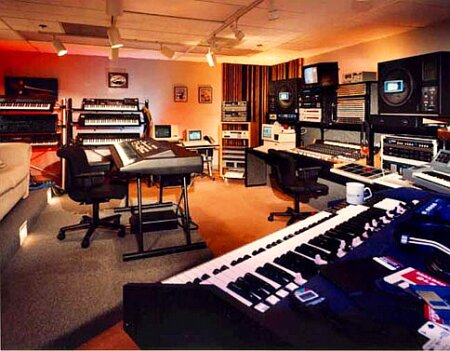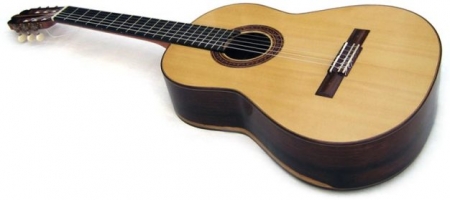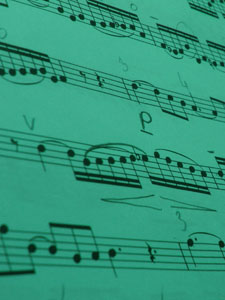Psychosomatic reactions to certain types of musical art
 Music at all times, since its inception, has been used as a means of influencing people’s consciousness. With its help, different goals were achieved. Knowledgeable people wisely approached the musical design of their events.
Music at all times, since its inception, has been used as a means of influencing people’s consciousness. With its help, different goals were achieved. Knowledgeable people wisely approached the musical design of their events.
For example, the Christian church forbade music in its churches, until the reign of Pope Gregory I, who allowed, and even wrote music for the performance of prayers. However, this music was supposed to be not emotional, without accompaniment, and the male choir sang songs in unison. This style is called Gregorian singing.
To this day, this singing sets up a divine mood, evoking sublime, angelic feelings among parishioners and clergy in the walls of temples and monasteries. Gregory I was a man who knew what he wanted to achieve with the help of music. And he was not alone in his attitude to music.
Music, as a harmonious systematic sound series is perceived by consciousness as information. At first, the mind tries to understand the sound of music, extract from it a maximum of useful information. But the perceived logic of the sequence of sounds, usually does not provide enough food for the mind, so that an unprepared mind can go deeper into the inner space of music. And in this lies the “cunning” music. The mind, not finding the clues, removes the censorship of the incoming sound information, and the music, as the poet said “… pours straight into the soul.”
We noticed that a person listens to different music at different times, depending on the mood. The more developed a person, the greater the range of his musical interests. And, of course, the range of conscious reactions is also wider. While listening to a piece of music, a person may notice his reactions developing in the following directions:
• music as a psychological anchor;
• associations associated with the title of the work;
• memories from the past inspired by the tonality of music;
• free associations;
• unconscious reactions;
Experiments with plants, in particular house flowers, are known, when their rapid growth was stimulated by the sound of classical music. A classic example with classical music and the same conclusions with classical recommendations: classical music is good for health. It reminds the text from the advertisement: “… you can measure the weight, size, color, but how to measure the style?” In the music situation, this text is just the way. Measuring instruments of multidimensionality of exposure are living organisms, in particular living people. Society, in view of an unbiased attitude to music, allows for experiments even on children.
In this regard, the author of the article intends to present some results of such short experiments using the music of the composer Angelight. In our opinion, “new age” music due to its unobtrusiveness, lack of text, polyphony and imaginative breadth (V. Kozlov) is a suitable material for “Pure” experiment. Since we agree with K. Rogers, who, speaking of psycho-correction methods, believed that “in the process of working with a client, the psychotherapist should not impose his opinion on him, but should try to lead him to the correct decision that the client will make himself. As a result of this work, the “insight” occurs, which helps to restructure the assessment, “restructure the gestalt”, which allows a person to accept himself and others, to establish communication with the environment, to relieve tension ”(V. Kozlov, V. Maykov, 2004).
New Age music meets the requirements of humanistic psychotherapy methods precisely because it creates only a background, a field for creativity in the individual world of each person’s images, in which the listener can “lose” the ideal image of himself, simulating self-actualization. Plunging into his imaginative world, a person can get the experience of experiences and self-perception, which is inaccessible in real life, outside of his inner world.
During the sound of music (in particular, Angelight music (www.angelight.ru), a person “… is open to this experience, can perceive it without defensive reactions, without fear that awareness of feelings, sensations and thoughts will affect his self-esteem” (V. Kozlov) .
Many examples of integration experiences while listening to music at live concerts and recordings were obtained on the initiative of people who had these experiences.
A 50-year-old woman, having once visited an Angelight concert, told about her experiences, which she received for the first time in her life. All the while playing music, she was in the world of images, which had never happened to her before. One of the compositions inspired her image of the boundless steppe, which at first seemed cold and lifeless to her, but gradually acquired opposite qualities. All her life she was afraid to be alone in the steppe, because she had never been there, but always dreamed of finding herself in such a wide and open space. The image of the steppe so captured a woman that she forgot that she was in the concert hall.



